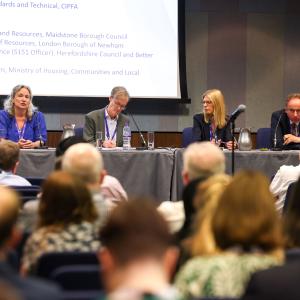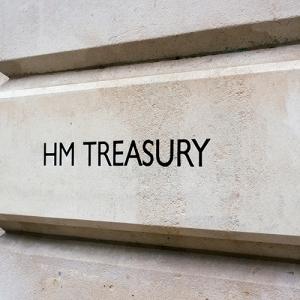
Image © Kitreel/Shutterstock
New analysis from the Local Government Association shows that spending on culture and leisure services has fallen by £2.3bn in real terms since 2010-11 as council budgets have come under mounting pressure.
Rising demand in adult and children’s social care and homelessness services, alongside a 24% real terms reduction in core spending power, had made it increasingly difficult for councils to protect cultural services from cuts, it said.
Local authorities are the biggest public funder of culture, spending over £1bn a year on services, including libraries, museums and galleries, theatres, heritage sites and archives.
The figure rises to £2.6bn when sports, leisure, parks and green spaces are included.
However, the report paints a picture of officers navigating an increasingly complex and fragmented funding landscape to secure a multitude of small, short-term funding pots.
Nine tenths of the pots provide funding for three years or less, and only a quarter are likely to be around in three years’ time, the LGA found.
“National funders provide additional funding, but the funding picture is complex and the capacity of councils to bid into different pots can be varied,” it said.
“In addition, many of these funding streams have their own governance arrangements which do not necessarily work with other local structures, creating a messy and inefficient landscape.”
Each fund for which a council applied for took up valuable time and resources, it said, with many funds subject to timescales which made proper consultation and community engagement difficult.
However, without that engagement, councils could not make the most of any funds gained for the people who would use them.
The LGA said councils needed a sustainable and fair funding settlement to allow them to invest in essential cultural services, along with a streamlining of the myriad small funding pots which currently characterised the landscape.
Liz Green, chair of the association’s culture, tourism and sport board, said cultural services helped to boost local economies by driving high street footfall, as well as supporting creative industries and the visitor economy.
They also promoted better wellbeing and support educational outcomes while bringing joy and hope to people across society.
“However, our analysis shows that funding pressures, exacerbated by a complicated and time-consuming system for bidding for funding, has left councils increasingly unable to protect budgets for cultural and leisure services from cuts,” she said.
“Action is needed to secure a sustainable future for these vital services.
“By reducing the fragmented nature of culture funding, the Government can ensure that local government remains a vital part of public culture funding and our cultural services face a brighter future.”
Lord Mendoza, chair of Historic England, described the LGA’s analysis as “helpful and sobering”, and noted the growing importance of the Ministry of Housing, Communities and Local Government in the cultural funding landscape.
The report shows the department as a source of funding through, for example, the UK Shared Prosperity Fund, the Levelling Up Fund, the Towns Fund and the Windrush Day scheme.
“Apart from the fragmentation… it shows the vastly increased influence of MHCLG as a leader in national cultural funding – both in policy and in grant,” he said on X/Twitter.
In response to the report, the government said it would “get local government back on its feet by doing the basics right”.
“We will start by providing councils with more stability through multi-year funding settlements, ending competitive bidding for pots of money and reforming the local audit system,” said a spokesperson.
“Arts and culture are an essential part of developing creative skills and connect people of all ages and backgrounds to their communities.
“We will work closely with local authorities to ensure these opportunities are open to everyone, wherever they live.”



















